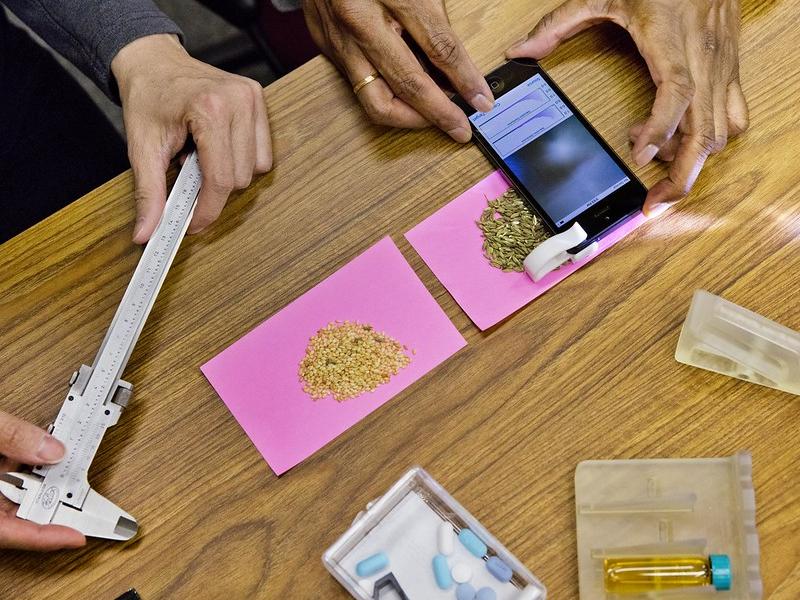Sensors for food safety assessment

Description of the innovative solution
As the world continues to globalize, agricultural production continues to ramp up, and the effects of climate change continue to be felt more and more, there is an increasing need for food screening technologies that can detect pathogens, spoilage microorganisms, microbial communities, toxins, and non-microbial parameters such as water activity, pH, metabolic by-products. Sensors for food safety assessment are currently undergoing testing in laboratory settings with the hopes of creating a reliable technology to detect the presence of these harmful substances in our food. This technology has...
As the world continues to globalize, agricultural production continues to ramp up, and the effects of climate change continue to be felt more and more, there is an increasing need for food screening technologies that can detect pathogens, spoilage microorganisms, microbial communities, toxins, and non-microbial parameters such as water activity, pH, metabolic by-products. Sensors for food safety assessment are currently undergoing testing in laboratory settings with the hopes of creating a reliable technology to detect the presence of these harmful substances in our food. This technology has the potential to be portable. Meaning, it could help government agencies to quickly assess the safety of the food in a manufacturing plant or elsewhere. These sensors are still in the infancy of development. Despite technologies being able to detect many harmful substances in the lab, it is extremely hard to then apply this technology to food, because of its great complexity. So far chemical detectors have shown more promising results than biological detectors. As the technology continues to develop, high specificity will likely be achieved by these sensors which will greatly reduce the amount of false positives. When there are less false alarm about harmful substances in the food supply, less food is wasted and food security is increased. Though sensors for food safety are still in the infancy stages of production and research, if they are successfully created they have the potential to improve the safety, quality and security of foods.
Examples and additional resources
Real-world examples
See this solution in action in different contexts and settings around the world
Laird Connectivity
Laird Connectivity
Laird Connectivity
Additional resources
Learn more about this solution through studies, articles, business cases, and other information
Portable Nanoparticle-Based Sensors for Food Safety Assessment
An emerging fluorescent sensing tool to aid food safety and quality control
Contacts
Connect to others working on and with this solution around the world
Pathways to uptake
Engage with our “backcasting tool” to imagine and design “pathways to uptake” for this solution in your setting.
This process involves defining a future vision of this solution being used in your context, and then working “backwards” to identify necessary steps to achieve this vision by 2030. Going through this exercise as an individual or with a team can help to clarify the WHAT/WHEN/HOW of moving a solution (or package of solutions) towards having major impact. We hope these pathways will inspire outside-of-the-box thinking, creative approaches, and actionable concrete steps to move ideas into action.
Pathway builder
Explore pathways for this solution
Be the first one and add a pathway for this solution!